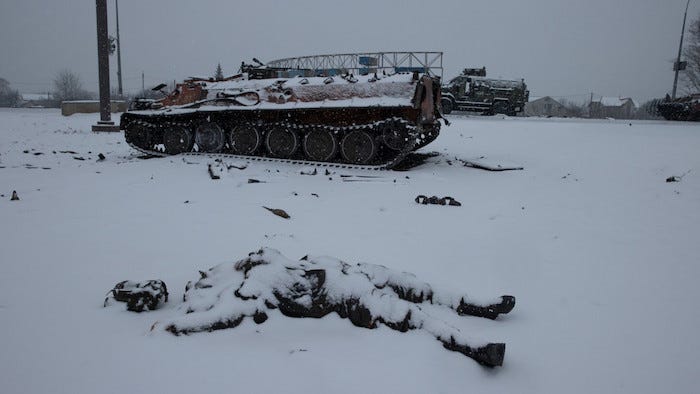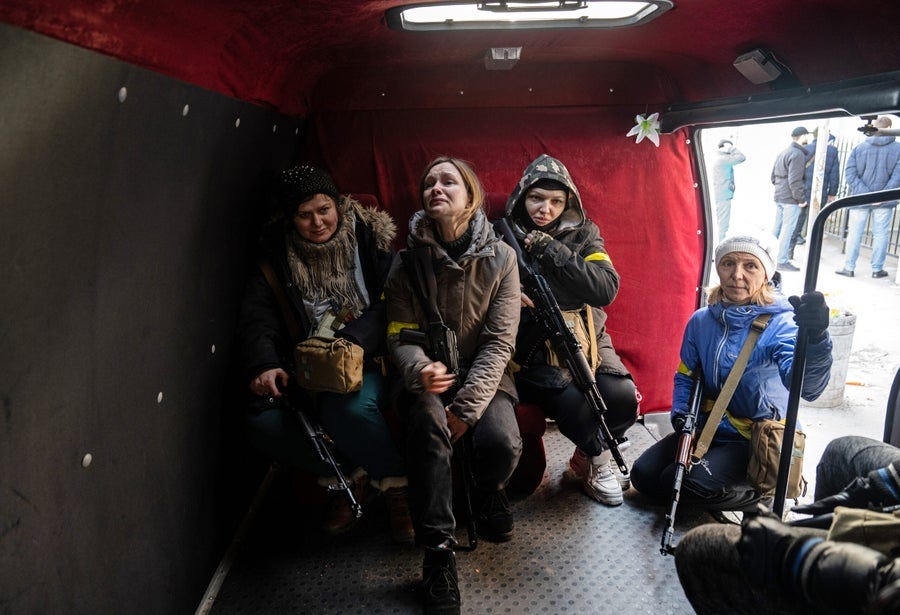
For years, until very recently, I was editor-in-chief of a non-profit visual art magazine, and part of my job was choosing images for publication. Images of art, certainly, but also of artists, arts workers, their spaces and their lives—really the entire ecosystem of the Texas art world. In picking out photos or video to best illustrate features and news on the site, I made choices. Though I tended to focus more fully on the writing-editing part of my job, I never underestimated the political and psychological element of image selection.
Last fall, I took an art theory class at University of Houston (a really good one!), and one of our early discussions revolved around exactly this issue. We explored ideas laid out by cultural theorist Stuart Hall, and while I took Hall’s points about how editors present media images and how audiences perceive them (consciously and unconsciously), I’ll admit the class got a little heated when I tried to clumsily defend the position of editors who must pick images to publish. I mean, the story has images. You gotta go with something. What I was getting at is that there’s a difference between images that are intended to provoke, and images that people decide will provoke them. Really what I was saying is that these days, there are bad-faith readings of, well… pretty much anything that’s published anywhere. Editors are damned if they do and damned if they don’t. That’s a knock-on effect of theory breaking out of its academic playpen.
Since last Thursday, like many of you, I’ve been staring at screens and trying to make sense of something that’s taking place 6,000 miles away. Though I’m primarily reading about it, there’s no shortage of visuals. For the last full week of Putin’s attack on Ukraine, every major legacy outlet, most independent ones—and of course social media—have been leading with this story. The internet is unapologetically visual, and all the imagery that goes with this war, plenty of it crowdsourced, is harrowing, not-always verifiable, and absolutely engrossing. Some of it is inspiring, some beyond heartbreaking, some infuriating. Some of it I would like to unsee. I follow a Twitter feed of independent journalists in Ukraine. Video footage of a burned-alive entire family in a fatal shelling of a car, including two children and two dogs (one dog was still alive, actually), was not something I’d bargained for. This video had no time stamp; no geo-location info. I knew I’d never see this anywhere else or ever again; I knew Twitter would delete it. The mystery of it made it even more tragic. This is what war looks like with no editors. Senselessness made more senseless. Like war itself.
But legacy journals and outlets, with their well-established infrastructures for war correspondence, soar in these situations. The New York Times’ embedded war photographers Tyler Hicks and Lynsey Addario led the charge starting last week with the first indelible, print-worthy images of this war, the ones that people will remember as marking the inception of Russia’s invasion of its sovereign neighbor. We mark wars, our histories, with images. These are those kinds of photos.
Already, because of the onslaught capability of online/social media, the images coming at us only six or seven days ago seem to have been snapped a lifetime ago. (Imagine how Ukrainians feel.) The two images the Times left up on the front page of its site the longest on those first days make sense to me as a framing device for how a contemporary person can be helped to understand a ground war in modern Europe.

Hicks’ image of what is reported to be a dead Russian soldier lying in the snow near an abandoned armored vehicle, which ran last Friday, tells us a lot (as images do): this part of war is cold, relentless, machine-like, and deadly, and in this image are echoes of previous devastating land wars. It communicates what is, sadly, timeless about modern warfare. It looks like countless images from World War II. It says: This is cyclical. We are back here. Addario’s image of a weeping Ukrainian teacher, in civilian clothing and clutching a rifle, ran last Saturday, and narrates the plight of the living—the narrowing choices people on the ground are forced to make every day. For Ukrainians under this attack, since day one it’s been about both surviving and fighting.

I appreciate the professionalism and giftedness of these veteran conflict photographers, whose work tends to both cut through as well as anchor the indiscriminate battery of imagery we’re taking in from countless sources. I’ve been cooler on some legacy media outlets in recent years due to their coverage of domestic matters, but this overseas conflict brings me back to them—their own photographers and reporters, as well as the work of the pros at Getty, the Associated Press, Reuters, et. al., who work these same regions and events—because in the fog of war, getting the facts right is crucial, and in seasoned hands these images can be contextualized and presented across criteria that matters. Especially now, when images are so often presented absurdly out of context, or, more troublingly, used as propaganda. You could argue that all war imagery is propaganda, and you would have a point. But war is also very real and very human, and we can hardly be asked to look away from it, let alone not care. War is emotional, and after two years of a global pandemic, the world feels like it’s at an emotional boil. We can ask ourselves to re-engage with our critical thinking skills, and should, but we should not be asked to not experience existential dread and despair when watching a brutal dictator with a nuclear arsenal attempt to shatter the entire world order.
But we can allow some pros to do their jobs and walk us through it. I understand the value of a robust kind of citizen journalism in war. I’m taking it in, too. But let me put it this way: at 3 am on Tuesday morning I was looking at that aforementioned Twitter account out of Ukraine, and someone posted a video of a desktop screen, which in turn showed a video of a massive explosion in a city center—an august-looking building being incinerated. By far the biggest, nearest explosion I’d seen up to that point, and I thought: Nope. Not real. That’s repurposed or deep-faked. There are a lot of trolls out there creating this stuff. I shut my laptop and fell asleep. There was a lag, but by the next afternoon all the major media outlets had confirmed the story that went with it. It was real. It was the shelling of Independence Square and the City Hall building in Kharkiv.

These past months, discourse has focused plenty on misinformation, and this war will be rife with it. Even established outlets get things wrong. But right now their seasoned correspondents and photographers and wartime editors are some of the best guides we have for how to navigate everything we’re taking in. And we will take it in. We often need to see something for ourselves before we even know how we feel about it. That is war. That is human.
Godspeed Ukraine.
About massive world events on Twitter:
I joined Twitter only weeks ago, in January, the day I started this newsletter, and I don’t post on it except to link to something I’ve just published here. The first couple of weeks I had an account, I sort of fumbled around on it, and barely understood it, but then this war started, and suddenly I grasped the highs and lows of the platform. I really do see the best and worst of human nature there, in what is a stunning and staccato deluge of flexing, infighting, lying, pwning, ego supply, encouragement, and resentment. With some good jokes, on occasion. An addictive space—far more addictive for me than any other social media has ever been—and by far the one that leaves me most queasy and cynical at the end of the day. It is what it is. I was warned.
Dubious bonus for you: Here’s a link to one of the most bracing things I’ve read about Putin’s worldview and his attack on Ukraine.




You articulated something I was trying to explain to my 12 year old son. This is not just “disaster porn” which is what he calls it.
Thanks for writing.